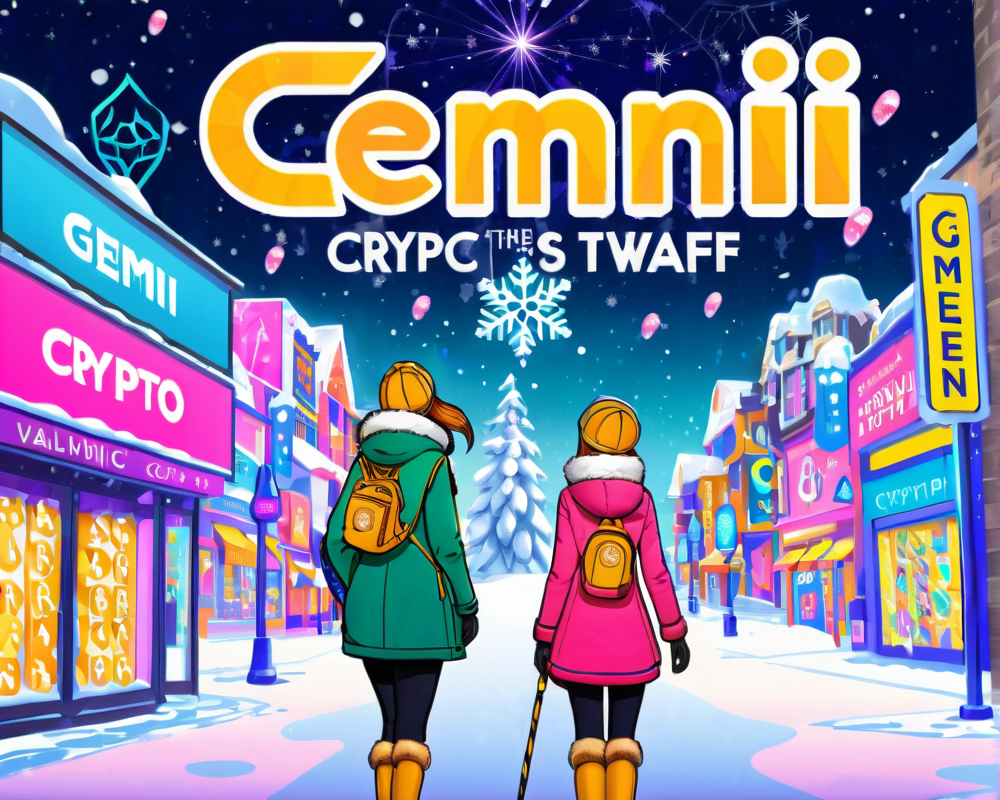Time Travelers and Technological Wonders
Human ingenuity has this uncanny ability to turn calamity into opportunities for brilliance. Our latest saga begins in 2008, birthed from the cries of economic turmoil and the recesses of centralized power. As the digital age began to dawn, a technological phoenix emerged from the ashes: blockchain.
The Epic Quest for Blockchain Supremacy
Welcome to the arena where blockchain protocols battle for supremacy—each trying to claim the elusive title of ‘the best.’ Is it a fairy tale? Nope, just a tale of bits and bytes. Let’s throw down the gauntlet and compare the champions in our digital coliseum, examining their transaction speeds, scalability, and unique functionalities.
Bitcoin: The Resilient Pioneer
Ah, Bitcoin. It’s like the wise old wizard who knows all but struggles to keep up with the pace of modern battles. Hailing from 2009, Bitcoin rides on the legacy of its infamous yet anonymous creator. Our dear BTC strikes a valiant pose, but alas, with only seven transactions per second (TPS) and a block time of 10 minutes, it’s more suitable for patience than fractions, reminiscent of Bran’s arduous journey.
Ethereum: The Shape-Shifting Prodigy
Enter Ethereum, a protocol that opened doors to decentralized applications with the finesse of a rogue assassin. Created in 2015, Ethereum can process about 15 TPS and has its own set of hurdles to leap over—namely its sporadic congestion like during the Crypto Kitties debacle. But fear not, with sharding and proof-of-stake on the horizon, promise looms like a winter sun.
Ripple: The Efficient Game Changer
Ripple bursts onto the scene with the focus of a dragon ready to fry a foe. Unlike its predecessors, Ripple doesn’t bother with traditional mining and instead uses a consensus algorithm to achieve remarkable transaction speeds, supporting up to 1,500 TPS in mere seconds. This is the protocol your bank secretly wishes it could employ!
Stellar: The Benevolent Hero
Meet Stellar, the noble contender in the ring, targeting the underserved markets where banks fear to tread. Its transaction speed is swift, but somewhat of a misnomer, as it touts 10 TPS, though it can juggle operations like a circus performer—up to 1,000 operations per second, putting Ripple in a supportive role. Stellar strives to move money faster for the little guy, like John Snow gathering allies for a long-awaited battle.
Corda: The Corporate Gladiator
Finally, we have Corda—more like a corporate heavyweight than a classic blockchain. Designed for finance and beyond, it provides a ledger for those savvy enough to join the alliance. With a consortium of 300 companies and sophisticated governance, its efficiency boasts over 600 TPS across partners. Still, is it more of a distributed ledger than a true blockchain? Discuss among yourselves.
The Verdict: Who Seizes the Crown?
The dust settles and choices arise—who wins the digital throne? For mainstream viability, I propose Stellar as a hopeful contender. Living on the edge of promise, it could indeed surprise like our steadfast John Snow. And for the crown? Ethereal Ethereum, the versatile underdog with its smart contracts, claims the title, despite grappling with scalability issues. The realm of blockchain is still wide open, and challengers like Tron and EOS are lurking to steal the spotlight.
The throne remains hotly disputed, with developments evolving as swiftly as the characters in a fantasy saga. Beware, challengers; as the tale unfolds, only the strongest will govern this digital age! What remains clear is that as the future dawns, the possibilities are as endless as the plot twists of a drama that keeps us on the edge of our seats.



